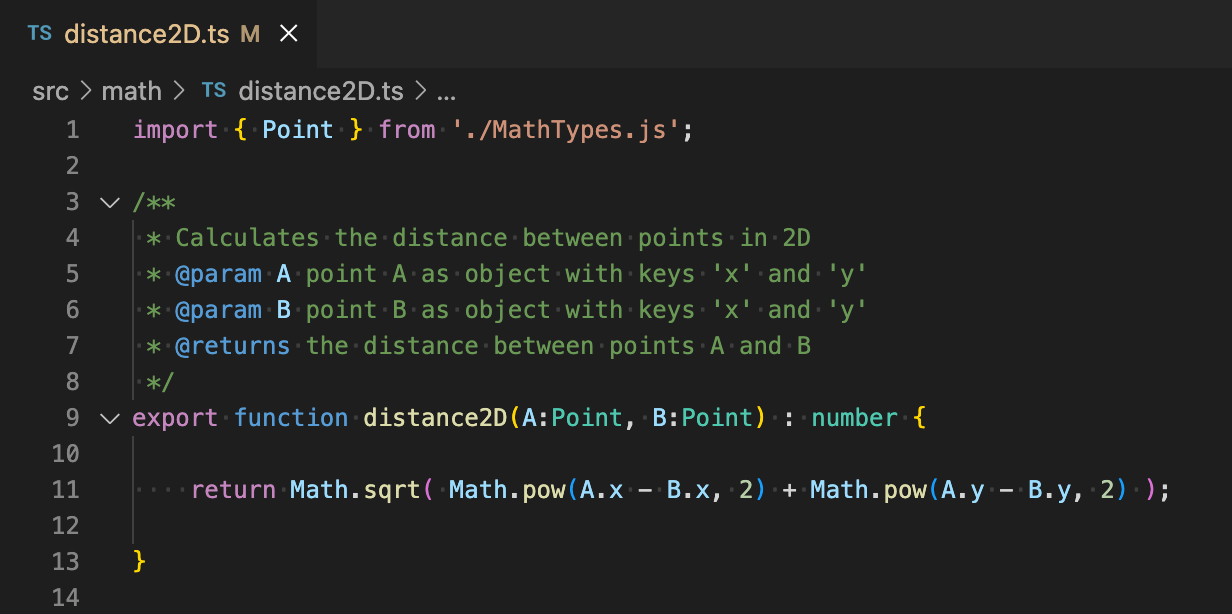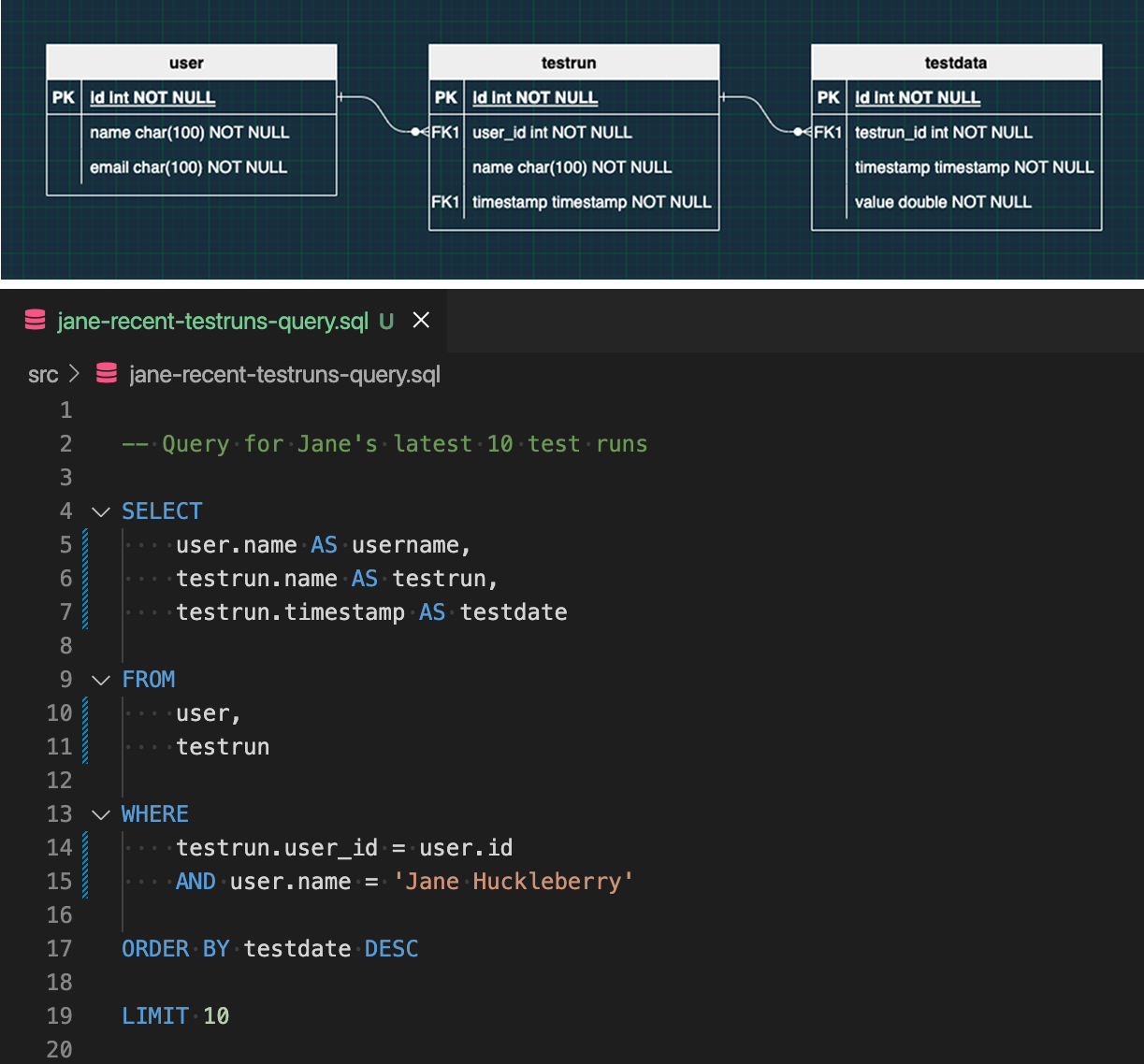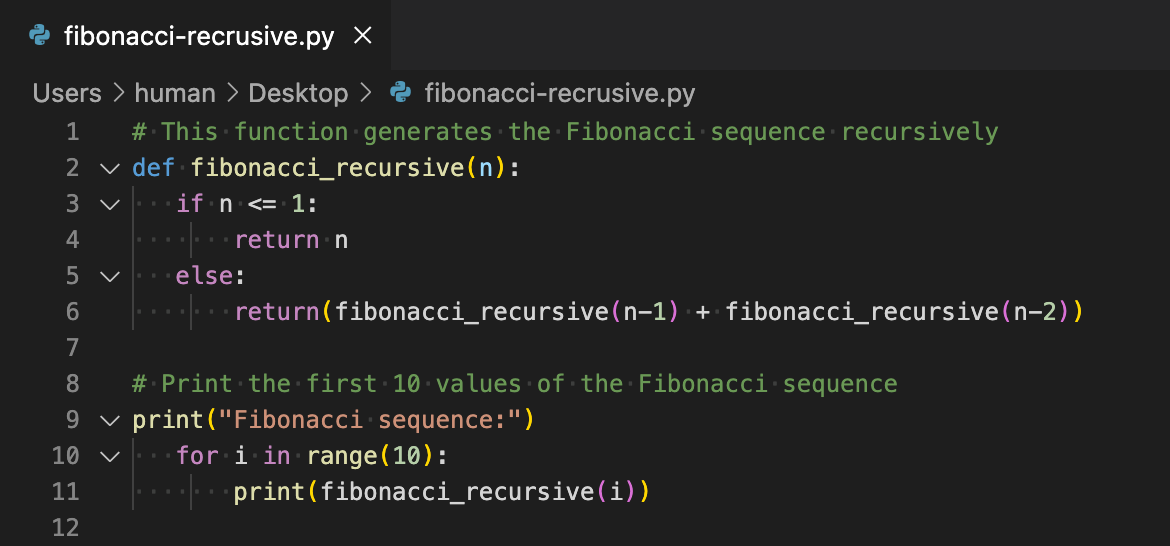I should have taken this class 15 years ago.
Dan P. | Assured Space Access Technologies
One of the best instructors I have ever had.
Ryan S. | General Dynamics
I actually learned some new things even after 10 years of working with LabVIEW.
Joao A. | Natural Resources Canada
Far exceeded all other training courses I have ever enrolled in.
Rouble C. | Manufacturing Engineer
Sixclear's course covered the full gamut.
John P. | Florida Turbine Technologies
All phases of the course were excellent, I found it to be just what I was looking for.
Russell L. | Schlumberger
The material is very valuable, clear, and very well structured.
Jose L. | Verdtech
This class brought me to the next level.
Dan P. | Assured Space Access Technologies
The instructor's teaching method from start to finish was exemplary.
Rouble C. | Manufacturing Engineer
Clear, concise, knowledgeable, and easy to understand.
Ryan S. | General Dynamics
Really complete and easy to understand.
Joao A. | Natural Resources Canada
The instructor's teaching method from start to finish was exemplary.
Russell L. | Schlumberger
The course material is excellent and persists beyond the class.
Dan P. | Assured Space Access Technologies
It was more than I expected for a five day training course.
Rouble C. | Manufacturing Engineer
I feel much more confident with LabVIEW and better understand its potential.
Ryan S. | General Dynamics
Live Demos, Write Code, No Slides
Our training courses are unlike any other courses in the world.
There are essentially no slides - they lack the dynamic of live programming.
You will NOT be reading from manuals, ever - that's inefficient and ineffective.
Instead, we begin from first principles and build up clear, foundational mental models.
We then demonstrate those concepts by live programming from scratch in the language/environment of focus.
At each stage you'll have time to develop practical, working code to cement your comprehension and skills.
And we'll conquer everything together with low stress, high energy, and infectious intellectual curiosity.
So Much Technology, We Get It
There are a dizzying number of ways to learn new skills in software engineering today.
The pace of software innovation has accelerated since the mid-sixties, and now every segment of the economy
relies on software to execute their operations and enable the next generation of innovation. With the sheer scope of
software tools, languages, and processes, it can be overwhelming for anyone to know where to dedicate time and energy to grow their skills.
We have dedicated ourselves to ensuring you walk away with the skills you need to tackle real-world challenges.
Not Just Theory, It Has To Work
Sixclear's instructors recognize that our students need to apply the skills they learn directly to their work.
We work with many of the Fortune 500 automating R&D and production processes, and help guide
our national laboratories on how to best apply software solutions to their scientific and engineering efforts.
Our architect-level instructors bring that experience and expertise to the classroom to help you apply new software skills directly to your applications and projects.
LabVIEW Courses
The best LabVIEW training on the planet
LabVIEW (and the underlying language G) is the industry-leading platform for developing industrial test, monitoring, control, and automation systems. And Sixclear is the industry leader in LabVIEW training, staffing only architect-level engineers to teach all its courses. As with all our courses, we apply our world-renowned approach: there are essentially no slides and you won't be reading from exercise manuals. You're here to learn as much as possible in order to conquer challenges at work and help usher in the next generation of technology. To do that, you need deep, hands-on experience and an instructor who lends perspective from decades of experience. Check out our LabVIEW courses below and join us for a immersive, energetic, fun experience - and learn some incredible skills along the way!
Course Prerequisite Tree

LabVIEW Fundamentals One
Duration: 3 days
Purpose: to deep-dive into LabVIEW and empower you to efficiently create and modify robust applications in LabVIEW incorporating real-world data.
After completing this course you'll be able to develop small applications from scratch and modify key aspects of medium-sized applications.
Topics: the fundamentals of programming, the dataflow paradigm, data types, arrays, loops, case (and other) structures, subVIs (functions in LabVIEW), file I/O, error handling, state machines, and much more.
There's much more here than in a typical first course in LabVIEW!
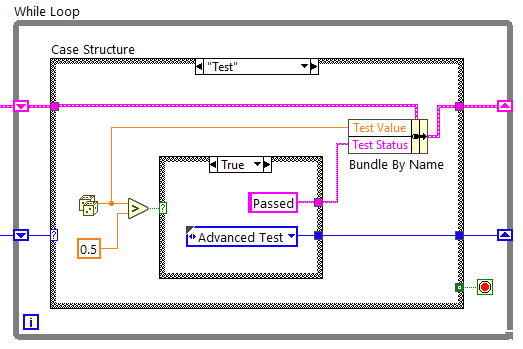
LabVIEW Fundamentals Two
Duration: 2 days
Purpose: to take a giant leap forward in LabVIEW for developing and deploying standalone applications incorporating more sophisticated design patterns, data acquisition, instrument control, and more.
After completing this course you'll be able to develop medium-sized applications from scratch and modify key aspects of large applications.
Topics: advanced event handling, design patterns such as producer-consumer, variables, type definitions, advanced file I/O, property & invoke nodes (and VI Server in general), data acquisition (ex. DAQmx), instrument control (ex. NI-VISA), executables and installers, and much more.
This will all be easier than perhaps it sounds as we carefully break down the topics and compose practical applications together during exercises.
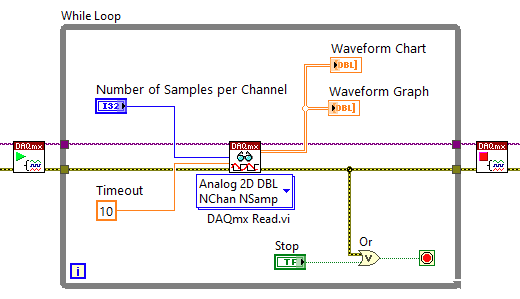
LabVIEW Large Application Development
Duration: 3 days
Purpose: to take another big step forward in LabVIEW for building large applications in LabVIEW which take your skills to expert-level heights.
After completing this course you'll be able to design, develop, and maintain large applications and code bases in a multi-developer team environment.
Topics: large software application development considerations including source code version control management, queued message handling, calling VIs by reference, spawning asynchronous instances, plugin architectures, JSON configuration and messaging, data value references, UDP, TCP, HTTP, and much more.
Don't let this course intimidate you; it's pleasantly surprising how approachable such power is when delivered with clarity and energy.
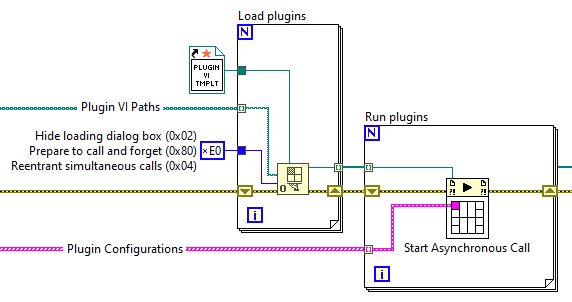
LabVIEW Advanced Instrument Control
Duration: 2 days
Purpose: to empower you to control essentially any device in the world, regardless of port, protocol, or programming interface provided by a manufacturer.
After completing this course you'll be able to quickly integrate new devices and instrumentation into your applications.
Topics: binary (byte packing) vs ASCII protocols, parsing with full PCRE regular expressions, modbus, I2C, .NET APIs, DLLs, and much more.
If you're monitoring or controlling devices, this course ensures you have the skills to tackle the myriad of bus types and protocols needed to complete your applications.
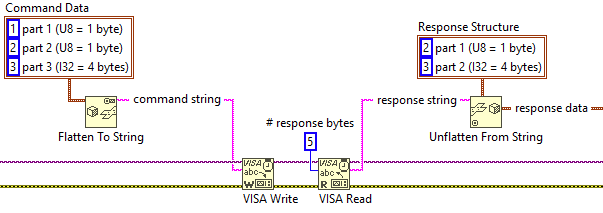
LabVIEW Object Oriented Programming
Duration: 2 days
Purpose: to acquire the skills to build more scalable, extensible, maintainable applications using object oriented programming (OOP) in LabVIEW (often referred to as LVOOP).
After completing this course you'll be able to use LabVIEW classes to better encapsulate complexity and build bigger, more powerful applications.
Topics: classes in LabVIEW, along with the associated key concepts of encapsulation, reuse, inheritance, dynamic dispatch, dynamic loading, and much more.
Object oriented programming is a now-classic topic in programming and a skill all developers should have in their toolbox.
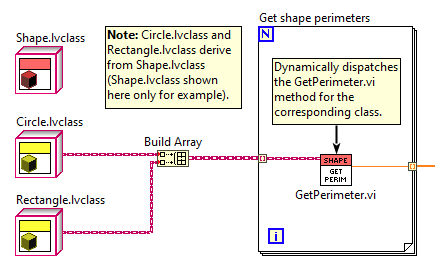
LabVIEW Distributed Systems Development
Duration: 2 days
Purpose: to deliver near superpower level abilities to use advanced approaches for building highly scalable, configurable distributed systems.
After completing this course you'll be able to build build highly scalable, configurable distributed system applications which communicate seamlessly if needed over the network.
No application is too big to tackle after mastering this course.
Topics: distributed components (often called actors <-- note: we do NOT use actor framework, but instead use more modern, high-powered approaches) true network publisher-subscriber and request-reply architectures, and more.
If you're working on applications which involve multiple, communicating machines this course will save months or more of effort and provide you the tools to elegantly address the many pitfalls of distributed systems development.
We'll even see how data can be made directly available to a web browser to highlight the true power of such approaches.
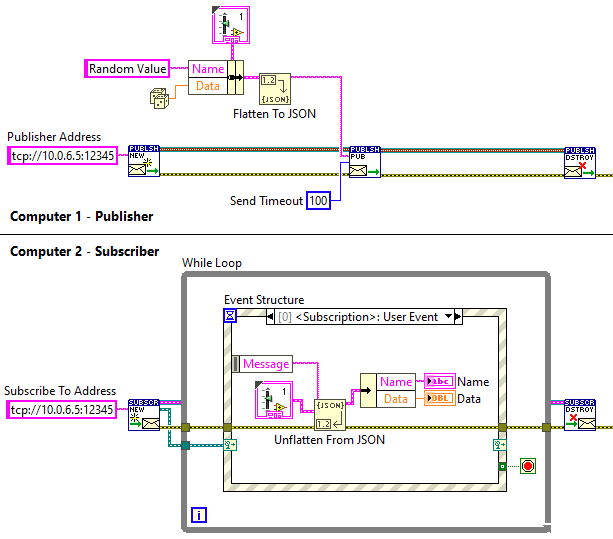
Web Development Courses
Transform your processes by mastering the unique power of the web platform
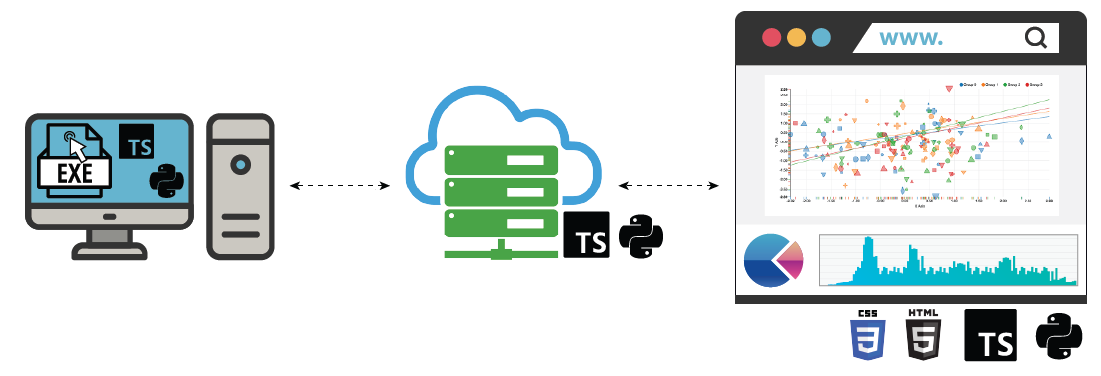
Web Tech Moves Quickly, But So Can We
The web browser is arguably most ubiquitous software platform in existence. Using truly free and open tools, the web platform provides secure access to an organization's data and processes, all from virtually any device with a screen. But with millions of developers contributing to open source projects everyday, it can be especially challenging to identify the right solutions to complex problems. For years, Sixclear has been guiding industrial automation teams on how best to capitalize on the web platform's unique abilities to robustly store and access their data. From high-performance, table data stores to high-visibility dashboards, we help transform teams and organizations by standardizing data storage and streamlining workflows across the entire organization.
Bring The Future To Your Applications Now
It's inevitable that web technologies will be used in every corner of industrial automation and we can help you lead the transformation at your organization. Sixclear's web development training courses pass along the knowledge that Sixclear has gained guiding our clients on such critical projects. As with all our classes, we get you hands-on and writing meaningful code within minutes . Check out our courses below and help bring your applications and organization into the future.
Course Prerequisite Tree

Web Development Fundamentals One
Duration: 3 days
Purpose: to learn how the web platform can provide secure, robust and centralized storage of data produced by automation projects.
With data centralized, learn how to create web browser user interfaces that display visualizations and heads-up dashboards using collected data.
Topics: the core web protocols, programming in Typescript (a more powerful superset of the web standard Javascript). Writing utilities that can run standalone on your computer,
web servers that can handle communication from both utilities and web browsers, and web browser user interfaces that add HTML and CSS to the Typescript toolkit to create engaging visualizations and dashboards.
We give you the mental models that will apply to anything you build, while remaining laser-focused on the subset of skills needed to integrate the web platform into your automation workflows.
